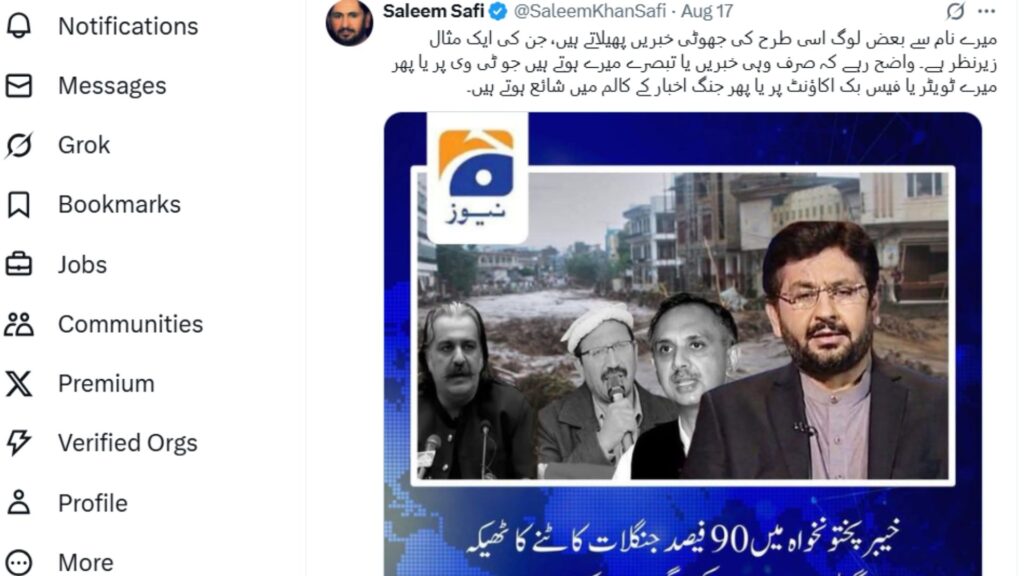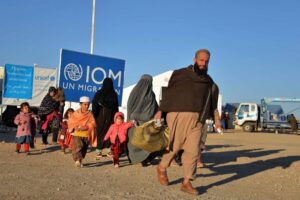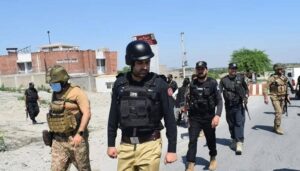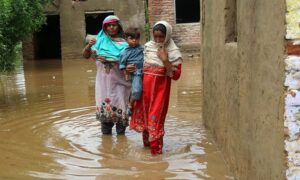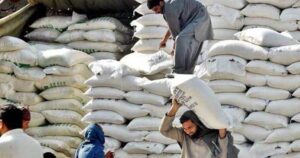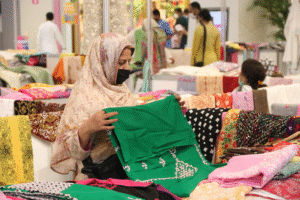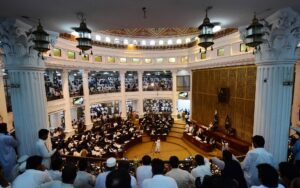The waters arrived first. Then came the lies.
In Khyber Pakhtunkhwa, where recent rains, cloudbursts, and flash floods have left destruction in their wake, another crisis has been unfolding—not of nature, but of narrative. Alongside rescue boats and relief camps, social media platforms were flooded with disinformation, fabricated news, and even videos generated through artificial intelligence. The storm was real, but so too was the counterfeit storm of pixels and captions that accompanied it.
For days, the bazaars of Facebook and WhatsApp were alive with speculation. It wasn’t just anonymous users: well-known influencers, established media accounts, and even international outlets became unwitting carriers of falsehoods. Many of the posts were shared hundreds of thousands of times, amplifying panic in already devastated communities and complicating relief work.
The School That Never Drowned
When floodwaters entered Buner district last week, a Facebook account under the name of Dr. Muhammad Affan Qaiser declared that 150 children in a local school had been washed away. There was, in fact, no such school, no such tragedy. Another widely shared post from “Pak Nurses Diary” claimed that a doctor named Sawera Prakash had donated fifty million rupees to Al-Khidmat Foundation in Buner. That too collapsed under scrutiny. Dr. Prakash herself released a video statement, flatly denying the claim.
These were not isolated incidents. Abbas Sangeen, another Facebook account, posted a dramatic clip of a shopping plaza collapsing, claiming it was the Saddar Plaza in Peshawar, filled with mobile phone shops worth millions. Fact-checkers traced the footage back to Mingora in Swat, where floods had indeed wreaked havoc—but Peshawar was untouched.
Then came the most insidious: a polished infographic circulating under the name of the senior journalist Saleem Safi. The graphic alleged that contracts for cutting 90 percent of Khyber Pakhtunkhwa’s forests were held by a political triumvirate—Umar Ayub, Ali Amin Gandapur, and Junaid Akbar—and that they were directly responsible for the floods. The claim spread like wildfire. Safi himself took to his official X (formerly Twitter) account to call it a forgery: “Only what I say on television, on my official social media, or in my Jang column should be considered mine,” he wrote. “Everything else is false.”
میرے نام سے بعض لوگ اسی طرح کی جھوٹی خبریں پھیلاتے ہیں، جن کی ایک مثال زیرنظر ہے۔ واضح رہے کہ صرف وہی خبریں یا تبصرے میرے ہوتے ہیں جو ٹی وی پر یا پھر میرے ٹویٹر یا فیس بک اکاؤنٹ پر یا پھر جنگ اخبار کے کالم میں شائع ہوتے ہیں۔ pic.twitter.com/DZONKc1hai
— Saleem Safi (@SaleemKhanSafi) August 16, 2025
Miracles, Manufactured by AI
The fakery was not limited to text. Videos, too, carried the imprint of deception. A Facebook account under the name of Rashid Mehmood uploaded a short clip showing a young boy, miraculously smiling while sitting in bushes by a stream, his clothes spotless despite allegedly being swept away by floodwaters in Buner’s Bishnoyi village. The caption read: “God’s miracle: the child who survived the flood.”
But when the video was run through digital verification tools, it turned out to be AI-generated. No child, no survival, just code.
Even international outlets were ensnared. The National, a UAE-based news organization, uploaded footage on its official Facebook account, purportedly showing a devastating cloudburst in Buner. The video went viral, drawing millions of views. Yet journalists on the ground, like Izharullah who was covering the floods in Buner, confirmed it: the footage was AI-generated. “Social media was flooded with fake news,” Izharullah said, “but the shock was that even a TV channel broadcast fabricated clips.”
And the flood of misattribution continued. Real footage from neighboring countries hit by seasonal floods was passed off as coming from Khyber Pakhtunkhwa, further blurring the line between reality and fiction.
When Fake News Diverts Rescue Boats
The disinformation was not harmless. It actively impeded relief. Bilal Ahmad Faizi, spokesperson for Rescue 1122, explained how fake posts disrupt disaster response. “Whenever a major accident occurs, we face a wave of fake news and doctored videos,” he said. “During the recent floods in Swat, Bajaur, and Buner, people spread messages that created panic. Some even directed us to locations where no emergency existed. Our teams lost precious time following false leads instead of reaching those in real need.”
Faizi added that Rescue 1122 receives thousands of prank calls on ordinary days. But in a disaster, the mix of fake calls, misinformation, and deepfakes can paralyze relief. “Relief operations suffer. People on the ground lose trust. And in the chaos, lives are endangered,” he said.
The Economy of Misinformation
Why do such fabrications thrive? For Asad Baig, founder and CEO of Media Matters for Democracy, the answer lies in attention. “Whenever an accident happens in Pakistan—whether it’s a flood or a plane crash—you see a wave of fake videos and audio clips,” he said. “People do it to capture attention, to chase views. With the tools of AI and deepfakes, it has become effortless to create these deceptions.”
Baig pointed to an additional danger: genuine footage sometimes gets dismissed as fake. “That is equally damaging. During the floods, videos from Swat were circulating, but people doubted them. Travelers ignored warnings because they thought it was disinformation—and they paid the price.”
The solution, Baig argued, lies in institutional clarity. “Government agencies like NDMA and PDMA must proactively state, from the outset of a crisis, that fake news will circulate, and citizens must rely only on official sources. During COVID, we saw examples of this communication. We need the same for natural disasters.”
He also stressed the need for local verification networks. “If a video comes from Gilgit, people should know which official Gilgit sources can confirm or deny it. Without such clear channels, confusion will always thrive.”
When Floods Wash Away Trust
In Khyber Pakhtunkhwa, the rain left behind more than destruction. It left behind questions—about truth, technology, and trust. The torrents that ripped through Buner and Swat carried with them the debris of homes and shops. But the digital torrents carried something harder to repair: public confidence.
In the aftermath, it is not only the roads and bridges that must be rebuilt. It is the fragile bridge between information and belief. As the waters recede, one fact remains: in Pakistan’s disasters, the flood is never just water.

